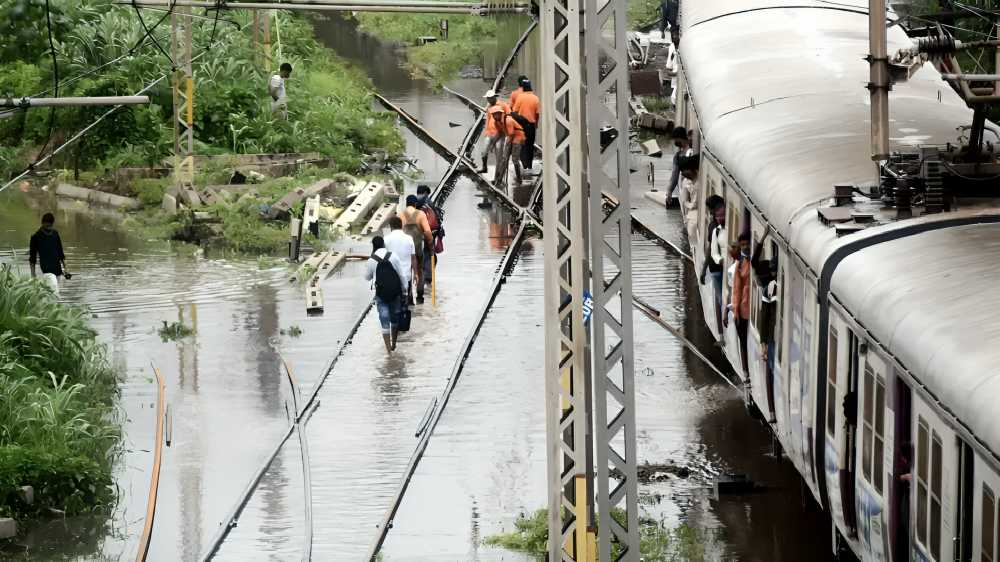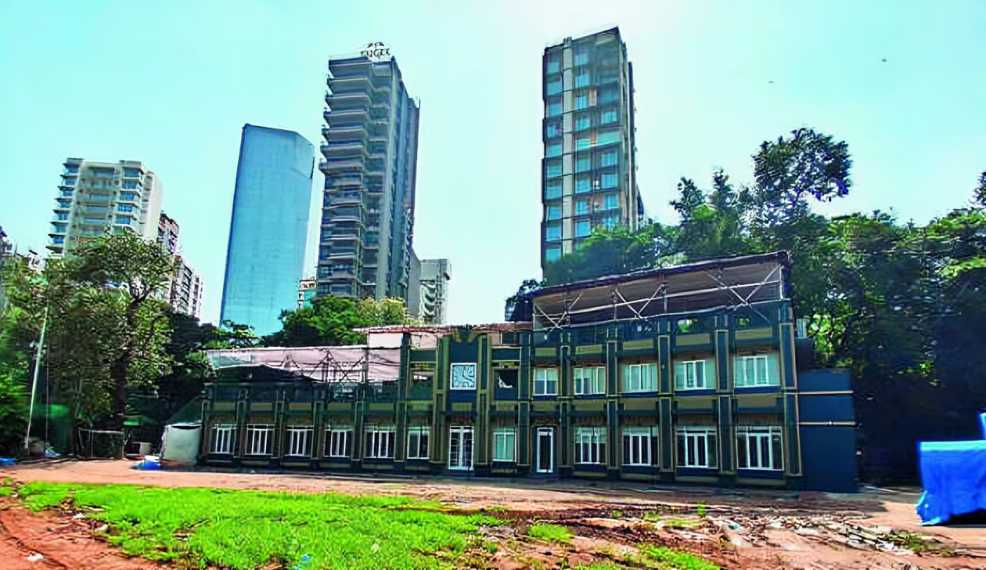August 21, 2025: Nashik’s commuters are facing severe disruption as heavy monsoon rains have brought the city’s two main transport links with Mumbai—the rail network and the Mumbai–Agra Highway—to near paralysis. The unprecedented breakdown underscores the fragility of infrastructure under extreme weather conditions and the economic vulnerability of a city so heavily reliant on smooth connectivity to the financial capital.
At Nashik Road Railway Station, a vital hub for both passengers and freight, uncertainty dominates. While a handful of local services continue to operate, most long-distance trains from Mumbai are running hours behind schedule, with several cancelled altogether. Thousands of passengers have been left stranded, highlighting how a single disruption can cause cascading delays across the wider rail system. Station staff are attempting to manage the flood of anxious queries, but the situation reveals how poorly the network is equipped to cope with intensifying climate events.
The Mumbai–Agra Highway, Nashik’s arterial road link, is also in crisis. A landslide in the Kasara Ghat section has forced police to keep only one lane open, warning that persistent rains could close the route entirely. Such restrictions risk creating a logistical nightmare, diverting commercial vehicles and essential supplies onto already congested alternatives.
The impact extends well beyond travel delays. Local businesses, supply chains, and daily wage earners are bearing the brunt of transport paralysis. Meanwhile, the Godavari River has swelled alarmingly, fuelled by heavy rain and increased discharge from the Gangapur Dam, raising concerns over flooding in low-lying areas.
Experts say Nashik’s ordeal is a stark warning of the urgent need for resilient, climate-proof infrastructure. Beyond immediate repairs, the city must invest in stronger transport networks and sustainable urban planning to withstand future monsoon shocks.
Source: Urban Acres





